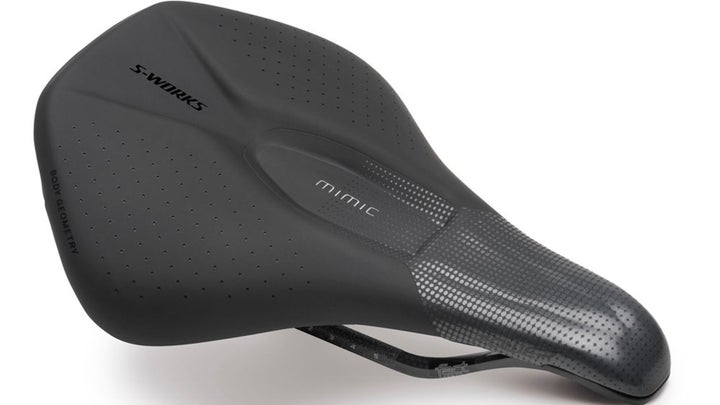If you buy through our links, we may earn an affiliate commission. This supports our mission to get more people active and outside.Learn about Outside Online's affiliate link policy
The Best Triathlon and Road Saddles of 2020

ROAD SADDLES

Specialized Power Mimic 143 $229
The Dash Strike has undergone some minor changes since we reviewed it last, but this lightweight and minimalistic saddle is largely unchanged. The shape resembles the extremely popular ISM PN3.0 but the Strike has a slightly narrower and shorter nose. This saddle tends to perch the rider toward the front of the saddle quite a bit. Not for those wanting a lot of cushion for their tush, the Strike and all Dash saddles for that matter, are very slim on the padding. While plenty of riders do use this saddle for long course racing, some will find it a bit too firm. The saddle rails are made from carbon and we appreciate that they are round and not oval shaped, like a lot of other manufacturer’s carbon railed saddles, for easier installation. Dash also offers a customizable version of the saddle where you can change your color or padding level.